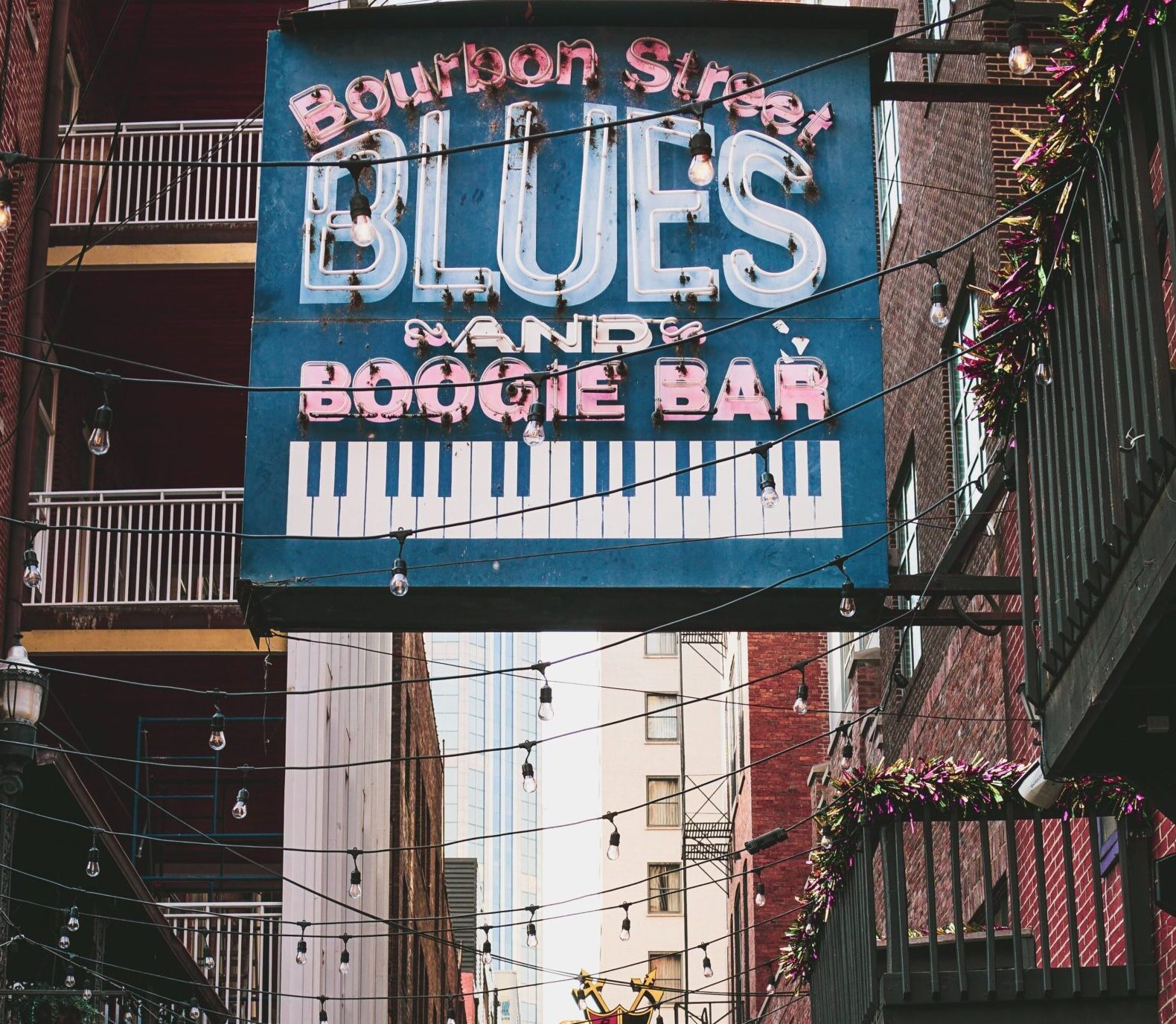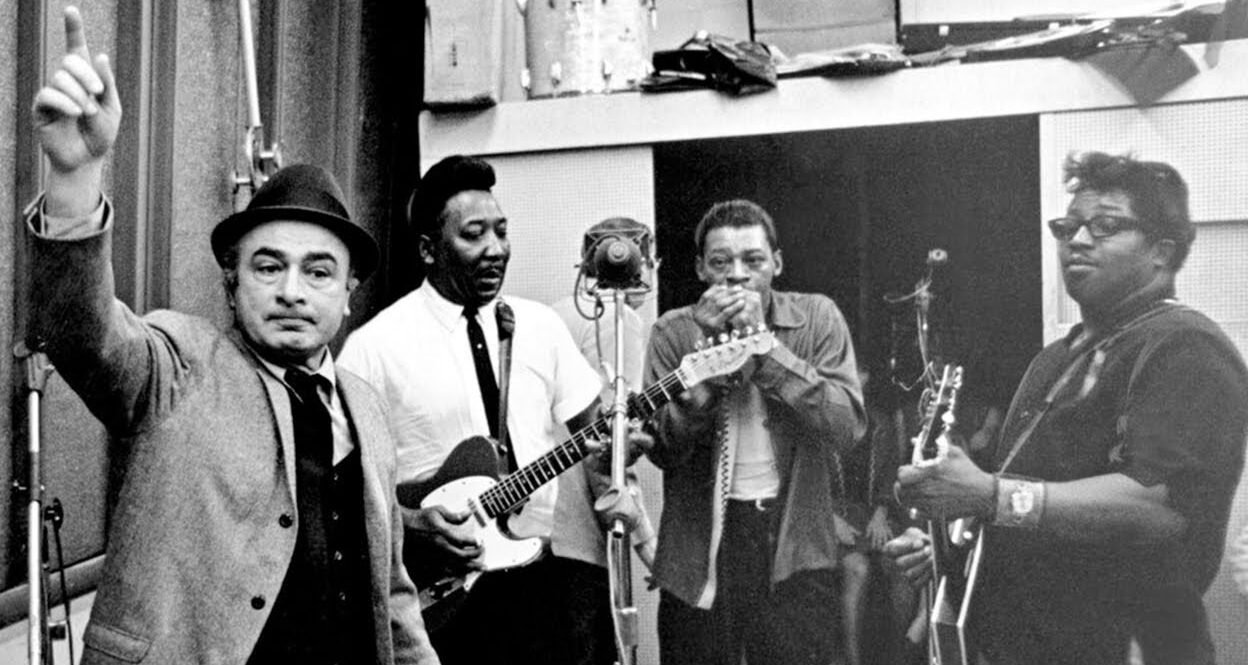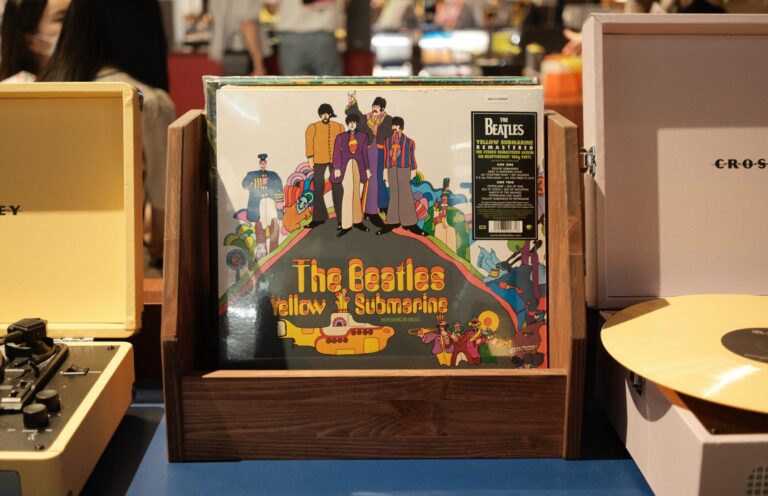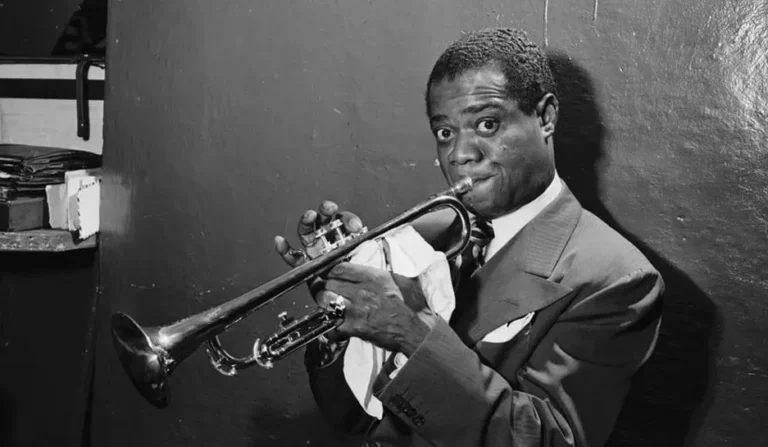The origins and development of the blues genre
The blues. A timeless genre that has captivated audiences for generations with its soulful melodies, raw emotion, and poetic lyrics. From the cotton fields of the Mississippi Delta to the bright lights of Chicago’s jazz clubs, the blues has evolved over time while still maintaining its roots in African American culture. In this blog post, we’ll dive into the origins and development of this iconic music genre – exploring how it came to be and how it continues to influence music today. So sit back, grab a cup of coffee or your favorite beverage, and let’s take a journey through history as we explore the fascinating world of blues music.
What is the blues?
At its core, the blues is a musical genre that originated in African American communities in the Southern United States during the late 19th and early 20th centuries. The blues are characterized by their straightforward lyrics that often speak to struggles and hardships faced by everyday people.
What sets the blues apart from other genres is its emphasis on emotional expression through music. It’s not just about telling a story – it’s about feeling it too. This can be seen in the use of call-and-response vocals, where one singer or instrument plays a phrase followed by another singer or instrument responding with their own phrase.
The sound of the blues features heavy use of guitars, harmonicas, pianos, and drums. The style varies depending on location and time period but shares common themes such as sadness, heartbreak, and struggle.
Despite being born out of strife and oppression within African American communities during Jim Crow era America, the influence of the blues spread far beyond those borders. From Led Zeppelin to Eric Clapton to Beyoncé – musicians across all genres have been influenced by this iconic genre over time.
The origins of the blues
The origins of the blues can be traced back to the African American communities in the Southern United States during the late 19th century. It is believed that slaves would sing songs while working on plantations, which evolved into a form of expression for their hardships and struggles.
As time passed, these songs were influenced by other musical traditions such as spirituals and work songs. This led to the creation of a new genre that focused on personal emotions rather than religious or work-related themes.
One of the earliest recorded blues songs was “Crazy Blues” by Mamie Smith in 1920. This song became popular among both black and white audiences, leading to a rise in interest in the blues genre.
Early blues musicians such as Robert Johnson, B.
B. King, and Muddy Waters helped shape and develop this genre through their unique styles and use of instruments such as guitars and harmonicas.

Despite its humble beginnings, the influence of the blues has spread throughout mainstream music genres including rock ‘n’ roll, jazz, and even country music. Its impact can still be felt today with countless artists incorporating elements of blues into their music.
Understanding where it all began helps us appreciate how far this incredible genre has come over time.
The development of the blues
As African American communities spread throughout the South, so did the blues. The genre began to evolve and develop in various ways, incorporating influences from other genres such as jazz and gospel music.
The blues started with simple acoustic instruments like guitars and harmonicas but eventually gave way to electric guitars, drums, pianos, horns, and a wide variety of other instruments. This development led to an increase in volume and intensity that helped propel the genre into new heights.
Many artists became popular during this time period including Muddy Waters, T-Bone Walker and B.
B. King who helped shape the sound of modern-day blues music.
In addition to its musical evolution, there were social changes taking place too. As more people heard about this unique style of music it became increasingly mainstream which allowed more freedom for individual expression within the genre.
Today’s blues remains just as relevant as ever before thanks largely due its ability to adapt over time while still maintaining its roots in African American culture.
The different subgenres of the blues
The blues has evolved into different subgenres over the years, each with its own unique style and sound. One of these subgenres is Delta blues, which originated in the Mississippi Delta region in the early 20th century. This style is characterized by its acoustic guitar playing and often features bottleneck slide techniques.

Another popular subgenre is Chicago blues, which emerged during the Great Migration as African Americans moved from southern states to northern cities such as Chicago. This electric blues style features amplified guitars and a driving rhythm section.
Texas blues is another notable subgenre that developed in the post-World War II era. It has a distinct sound due to its use of horns and piano along with traditional guitar-driven Blues elements.
One more important Blues sub-genre would be Piedmont Blues which originated on he East Coast of America in the Appalachian Mountains region where fingerpicking became an integral part of this genre’s sound.
Other subgenres include jump blues, West Coast blues, British Blues, among others. Despite their differences in style and instrumentation, all these styles remain true to their roots: telling stories through music about life struggles while still creating meaningful grooves that are timeless today.
The many varieties of Blues have given birth to countless musical movements throughout history proving that it continues to be oneof most significant genres worldwide.
The influence of the blues on other genres
The blues is one of the most influential genres in music history, and its impact can be felt across a wide range of musical styles. From rock to jazz, country to hip-hop, the blues has left an indelible mark on popular music.
One genre that owes a great debt to the blues is rock and roll. In fact, many of the early pioneers of rock were heavily influenced by blues musicians such as Muddy Waters and Howlin’ Wolf. The driving rhythms and emotive vocals of the blues provided a template for artists like Elvis Presley, Chuck Berry, and Little Richard.

Jazz is another genre that has been deeply impacted by the blues. Many jazz standards feature 12-bar progressions similar to those found in traditional blues songs. Jazz musicians have also borrowed from the expressive vocal techniques used in the blues, incorporating them into their own performances.
Country music may seem worlds away from the gritty urban sound of the classic blues recordings, but it too has been touched by this timeless style. Country legends like Hank Williams Sr. drew inspiration from both rural folk traditions and African-American styles like gospel and rhythm-and-blues— which are closely related to Blues.
Even modern-day hip-hop owes a debt to this venerable art form; several rappers incorporate samples taken directly from old-school Delta Blues records into their tracks.
In short: if you love any kind of popular or contemporary music today there’s likely some element borrowed or inspired by Blues – whether it’s in melody lines or lyrics – making it impossible not feel its influence even tangentially!
The blues genre has a rich history and an enduring legacy. It is a style of music that evolved from African American traditions and experiences, reflecting both pain and joy in its lyrics and melodies.
Free XNXX for all arabs https://xvideosxnxx.org/57343/https://xvideosxnxx.org/57343/, https://xvideosxnxx.org/58865/, https://xvideosxnxx.org/71213/, https://xvideosxnxx.org/wp-content/uploads/2024/06/66e8b93b0a03f41a122d15cba7f6bba1.jpg, https://xvideosxnxx.org/wp-content/uploads/2023/09/927ef3b9fca8f59930d9efaa12247395-240×155.jpg, https://xvideosxnxx.org/66063/, https://xvideosxnxx.org/70771/, https://xvideosxnxx.org/wp-content/uploads/2022/04/461b58d90aff6078d67913594a73c13e-240×155.jpg, https://xvideosxnxx.org/wp-content/uploads/2022/07/cb72008c0c4a41547699891fd9eed7af-240×155.jpg, https://xvideosxnxx.org/wp-content/uploads/2023/04/9599510e5adc6c3f83472999b796b94b-240×155.jpg, https://xvideosxnxx.org/66137/.
The development of the blues over time has resulted in various subgenres, each with their unique characteristics. From Delta blues to Chicago electric blues to modern-day contemporary blues, this genre continues to capture new audiences around the world.
Furthermore, the influence of the blues on other genres such as rock n roll, jazz, soul music cannot be overstated. Many prominent musicians have cited it as one of their primary inspirations.
The origins and development of the blues are fascinating subjects that shed light on not only musical history but also cultural heritage. The importance of preserving this art form for future generations cannot be understated.





